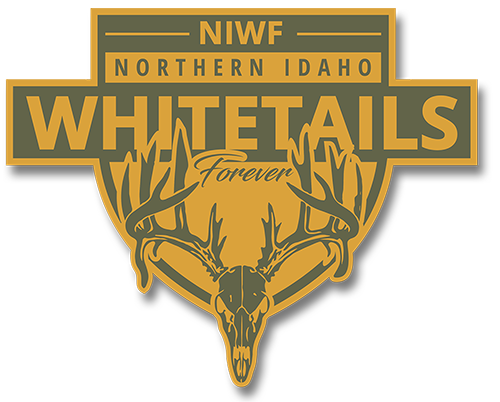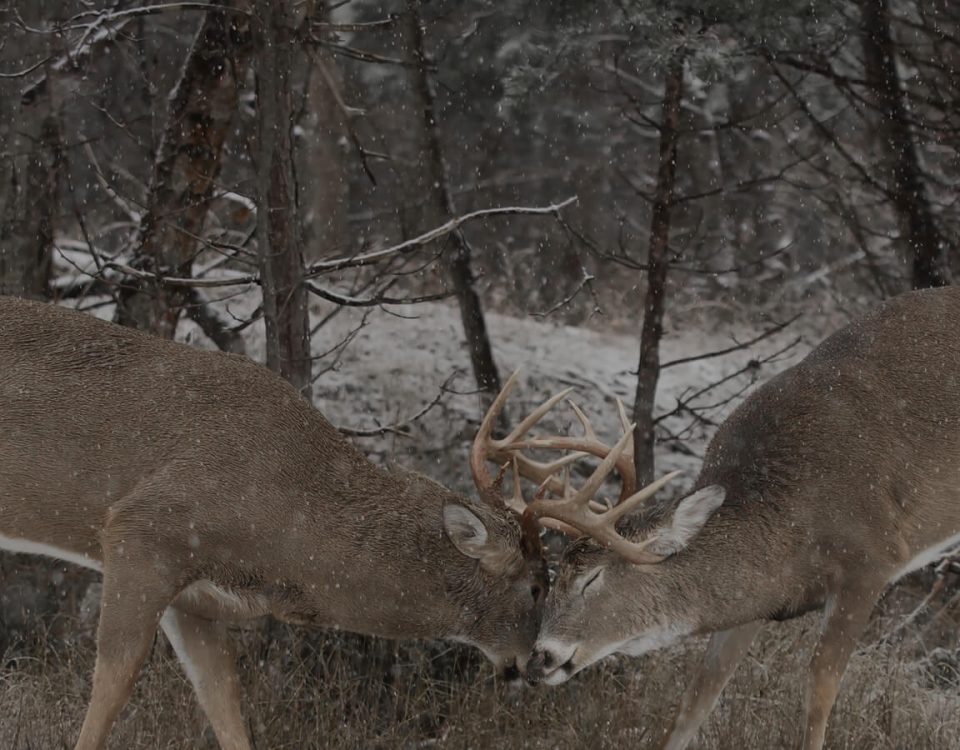OPINION: Poor wildlife management choices built on bad data

Unit 11A Whitetail Deer Tag Refund 2021
August 17, 2022Commentary: Opinion of Marvin F. Dugger Dec 17, 2023
Regular readers of this column are aware that I have become something of a gadfly in leveling criticism at the Idaho Department of Fish and Game for its impotence in caring for northern Idaho’s cherished whitetail deer population. Fish and Game’s management recommendations to the Fish and Game Commission are straight out of the “What, me worry?” school of wildlife management.
As a consequence, Fish and Game has given us marathon-length, either-sex whitetail deer rifle seasons, vast numbers of bargain basement, over-the-counter nonresident tags and no progress in collecting basic whitetail deer population data essential for modern management of any big game species. That kind of negligent behavior would bring out the torches and pitch forks in a sagebrush rebellion if the deer in question were mule deer in southern Idaho.
My deer columns are among the most popular I have written, particularly with Idahoans who actually hunt whitetails in our region, which is why I write them. But they garnered nary a peep from Fish and Game’s bureaucratic “big brains” in Boise.
That changed in July. At that month’s Fish and Game Commission meeting, the department trotted out a presenter — Ryan Walrath, wildlife manager for Fish and Game’s regional office in Nampa — charged with defending Fish and Game’s ultralong seasons and the punishing antlerless whitetail harvest in hunting units ravaged by epizootic hemorrhagic disease and bluetongue disease.
Part of the 17-minute presentation also dealt with elk and mule deer. But my focus here is on remarks made about whitetails.
Fish and Game’s presenter made the eye-popping claim that “whitetail deer, under optimum conditions, have been documented to grow by as much as 67% per year,” while adding, stupidly, the “growth rate here in Idaho is not likely that high.”
Sweeping statements of that kind instantly drew the attention of Northern Idaho Whitetails Forever, a hunting group that acts as guardians and advocates for whitetails in our region.
Northern Idaho Whitetails Forever filed a public records request with Fish and Game, asking for documentation for the sensational claims meant to misdirect members of the commission and soothe them into continued compliance with the wishes of Fish and Game’s Boise-based leadership. The specific whitetail data supplied by Fish and Game in response to the records request consisted of whitetail harvest information already in wide circulation and two photocopied pages from a 1984 text published by the Wildlife Management Institute. It addressed Fish and Game’s rosy scenario concerning whitetail deer productivity, but not in the way the agency undoubtedly hoped it would.
The two pages of text refer to a 1928 Michigan whitetail deer study conducted at the Edwin S. George Reserve, an experimental high-fence enclosure of 1,200 acres of manicured deer habitat. Six adult whitetails (two bucks and four does) were introduced into this zoo-like setting. And presto. The hothouse deer population inside the fence reached 222 in seven years. An independent biologist familiar with the study, which is well known within the profession, says the experiment was conducted in an attempt to justify lengthening deer seasons. It didn’t work, and today Michigan’s general rifle deer season lasts two weeks. The folly of relying upon, or even citing, a deer study conducted nearly 100 years ago in the Midwest on what amounted to a deer farm amply demonstrates the B.S. Fish and Game would like to feed Idaho’s whitetail deer hunters.
But that is not the end of the tale. Let’s look at real-world data gathered by seasoned and experienced biologist/hunters who are not obligated to “ride for the Fish and Game brand.”
Recently, Northern Idaho Whitetails Forever asked three local retired wildlife biologists for their opinions of Walrath’s presentation, eastern U.S. whitetail deer potential growth data at the commission’s July 27 meeting. These biologists have a combined total of 120-plus years of experience with big game management, mostly in or surrounding northern Idaho.
The first biologist said: “It is absolutely absurd to use data from the eastern U.S. and apply it to northern Idaho. The Edwin S. George Reserve study he is referring to is from high-fence feedlot conditions without predators, hunting, summer drought and disease. We have collected and published over 50 years of whitetail population, herd comp and harvest data in open, agricultural big game units very similar to areas surrounding northern Idaho. In that period, we have never experienced anything close to the growth rates he presented or the 50% fawn pregnancy rates. Nor have we ever had to have long either-sex rifle seasons to keep our whitetail populations at management goals. Our two-week controlled buck hunting seasons in the first of October, with occasional extra doe tags, has been a very successful management strategy for over five decades.”
The second biologist said: “The use of this potential growth data from the eastern U.S. to justify long either-sex rifle hunts in northern Idaho is inappropriate. If you look at IDFG harvest statistics since 2000, you see a completely different situation. For example, for Unit 11A, from 2020 to 2022, we experienced a 64% drop in harvest, 46% drop in hunters, a 64% drop in male harvest, and a 66% drop in doe harvest. The growth of deer after these population crashes have been nothing close to Ryan’s information. The three major EHD die-offs we have experienced since 2003 are regulating the population and harvest opportunity. The long either-sex rifle seasons designed to keep the whitetail population from getting out of hand are not only unnecessary but are impacting herd recovery. After a major all aged EHD die-off, I do not recommend harvesting does for three years.”
Our third biologist agreed with the other two biologists and at the end of his testimony stated: “I believe that Ryan has misled the commissioners with data that is not applicable to northern Idaho. This can lead to poor decisions.”
I know the members of Northern Idaho Whitetails Forever. They truly care about the animals. And I completely respect 120 years of experience in wildlife biology. Northern Idaho Whitetails Forever members believe, and the evidence shows that Fish and Game is using misleading data and making some bad decisions.
Dugger retired as a journeyman carpenter from Clearwater Paper. He lives in Lewiston.


